Motion can give an image drive, energy, and a sense of added dimension. Photographer Ted Forbes uses a combination of theory, technique, and a brief foray into photographic history to explore motion and how to “capture” it. Whether you’re a beginner or an old salt, this tutorial will heighten your awareness of how you use motion, and if you’re the theoretical type, push the limits of how you think about it:
Beginning photographers often rely on luck, a high volume of shots, and post-production corrections to get good photographs. While this is certainly one way to go about things, studying key concepts such as motion in the work of others can help transform your photography from happenstance to a deliberate art form.
1. Motion Blur
While you’re probably well-acquainted with using a slow shutter speed, have you considered going for blurred effects such as the one below in this photograph by Ernst Hass?
2. Implied Motion
Using a fast shutter speed is also quite common, yet to make it deliberate and not just luck takes some planning and preparation. In these shots, motion is implied by the action or the gesture or the activity that’s going on, rather than by blur, and exactly which gesture you capture can make or break the shot.
“The gesture is one of the single most important things that can imply motion.”
3. Multiple Exposures
This next technique takes a lot of work and a decent knowledge of post-processing—taking multiple shots very quickly as an action takes place and then combining them into a single image showing the complete action. The forerunners in this technique influenced the creation of motion pictures. The photo below is by Étienne-Jules Marey, who developed a “chronophotographic gun” in 1882 that was capable of taking 12 consecutive frames a second, with all the frames recorded on the same picture! These days we use multiple exposures for the same effect, but how handy it would be if they all showed up on the same image!
4. Stop Action
From water droplets to breaking glass, stop action photography has become quite popular in recent years, and as strobe technology develops more and more is possible. The image below by Harold Edgerton is one of the more classic shots. Can you imagine getting a stop action shot this perfect? (Don’t worry if you don’t manage it—Edgerton created strobe light equipment that could flash up to 120 times a second!)
5. Super Long Exposures
And finally, the mind-bending idea of implying motion through photographing a scene over super-long exposures. A far more subtle art, this technique uses suggestion and implication instead of a direct depiction. It’s not everyone’s cup of tea, but if you care to think of the implications, it’s quite fascinating. This shot, by Hiroshi Sugimoto, of a movie theater over a full day of time has all of the action blurred into white and/or erased by time.
No matter which form of motion-capture inspires you the most, deliberately capturing motion (instead of depending on luck and post-processing) can go a long way toward improving your photography.
What’s your favorite way of capturing motion?
Like This Article?
Don't Miss The Next One!
Join over 100,000 photographers of all experience levels who receive our free photography tips and articles to stay current:
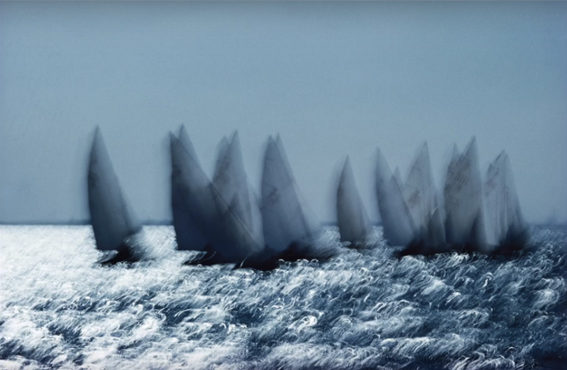
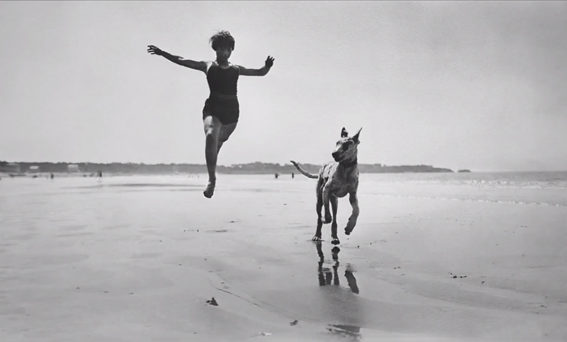
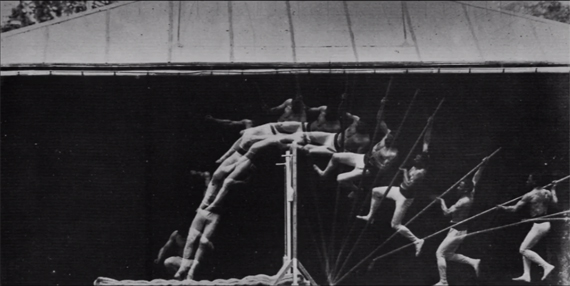
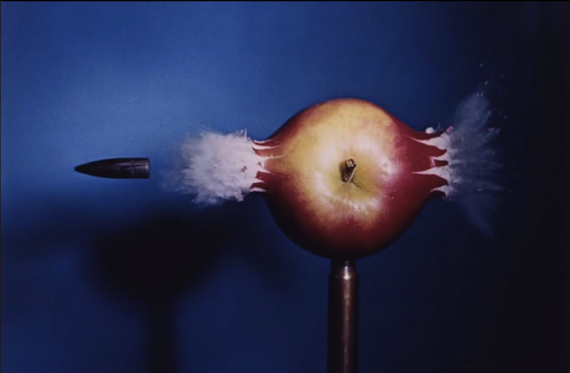
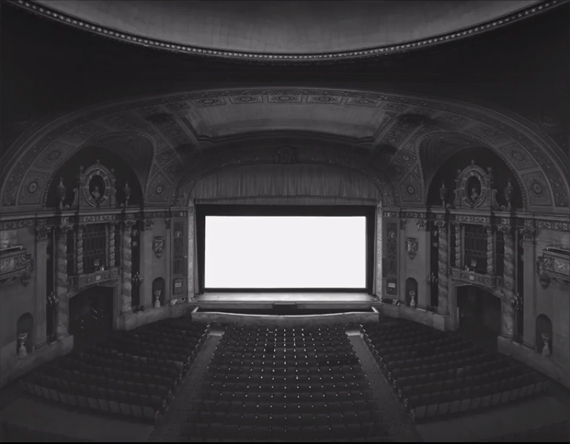






Leave a Reply